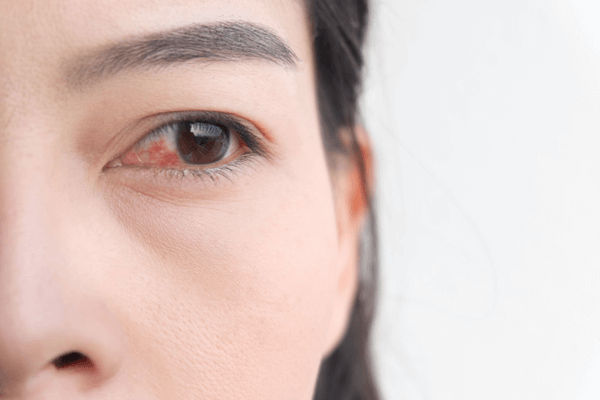GVHD
Graft-versus-host disease (GVHD) is a complication following bone or stem cell transplant. It is an autoimmune disease that can affect many different parts of the body: the skin, eyes, mouth, stomach, and intestines are affected most often. GVHD can range from mild to life-threatening and there is no cure.
Approximately 75% of bone marrow or stem cell transplant survivors are diagnosed with chronic GVHD. Ocular GVHD is a complication that affects up to 80% of patients with chronic GVHD in both adults and children. Eye-related symptoms include blurry vision, foreign body sensation, burning sensation, severe light sensitivity, chronic conjunctivitis (pink eye), dry eyes, and eye pain, all of which can be difficult to manage.

PROSE treatment uses specially designed prosthetic scleral lenses that vault over the corneal surface, creating a reservoir between the cornea and the lens. The reservoir is filled with preservative-free saline to bathe and hydrate the eye all day, providing relief and comfort, and promoting healing. PROSE also provides improved vision. Think of the lens as a “new” cornea, which creates the shape of a typical, healthy cornea. This allows light to enter the eye at the correct angle for excellent vision.
For more patient resources for GVHD, visit the Blood & Marrow Transplant Information Network.
“Every year approximately 30,000 patients undergo a bone marrow or stem cell transplant. Approximately 50% survive. There are currently 100,000 survivors in the US. Of the remaining survivors, approximately 75% are diagnosed with Graft vs. Host Disease (GVHD).”
-Meredith Cowden Foundation
A Patient’s Story: GVHD
Nicolette G.
Nicolette faced a terrible decision: have a stem cell transplant or die within two to eight months. She chose the stem cell transplant, although she says, “it wasn’t much of a choice.” Continue Reading…